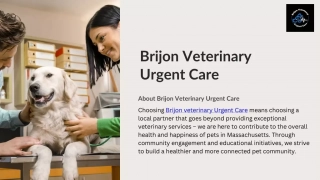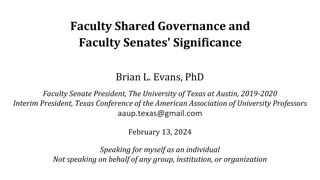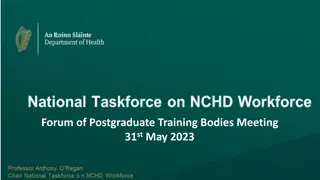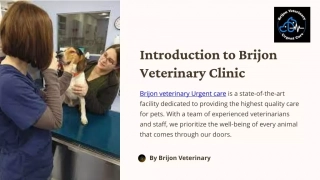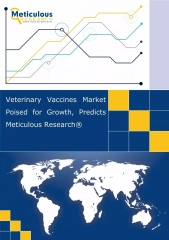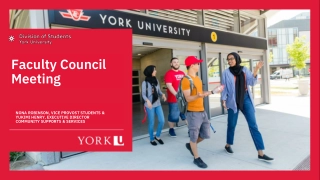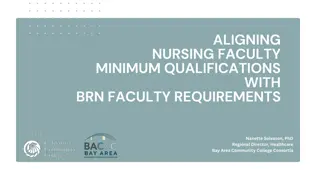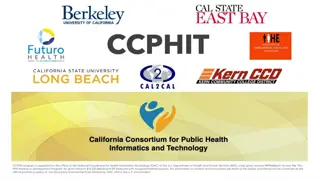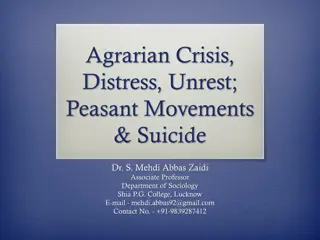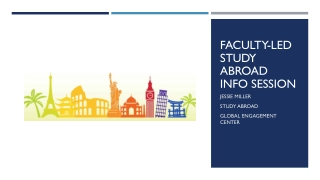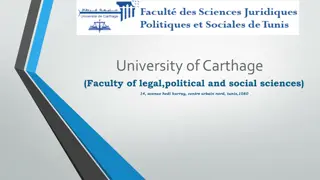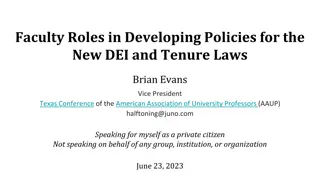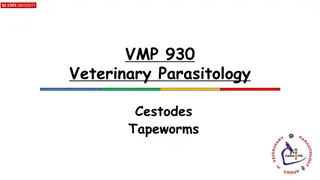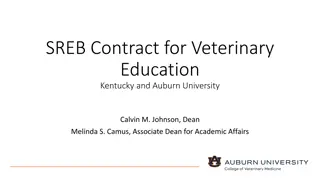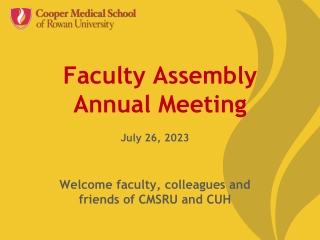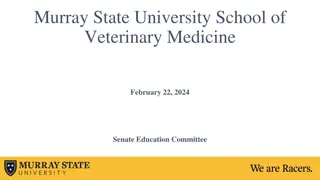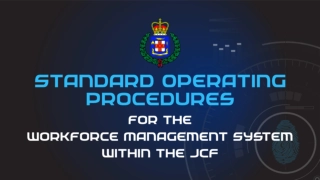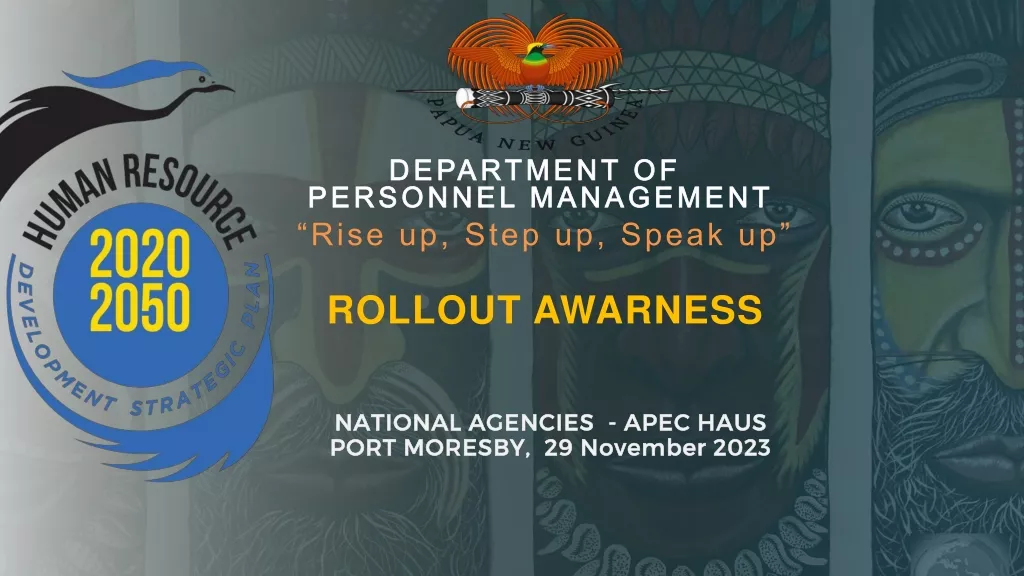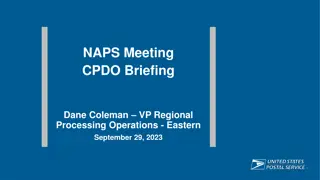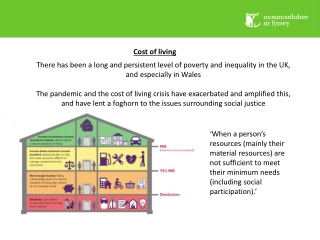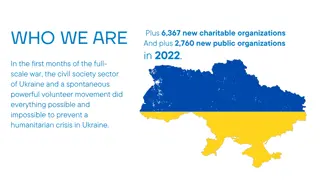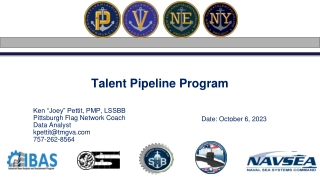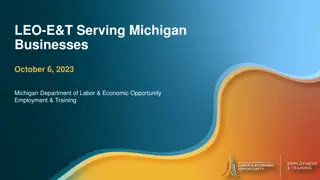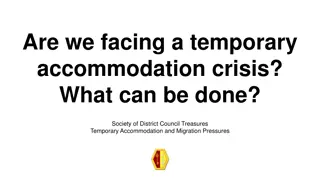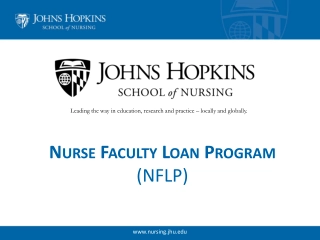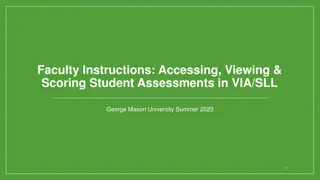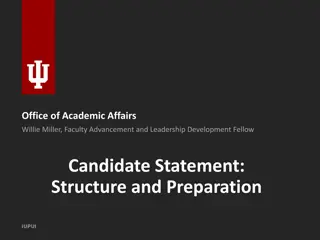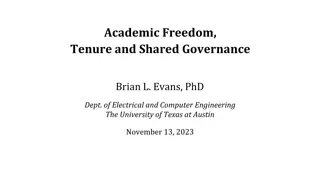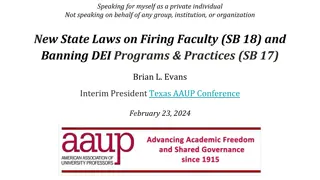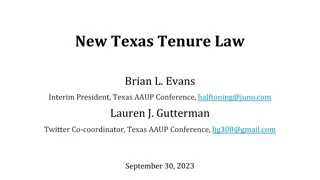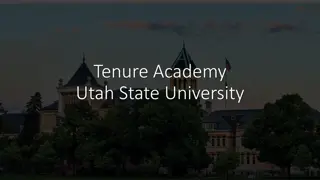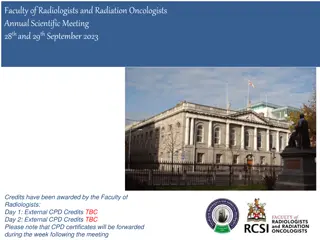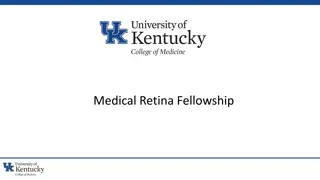Addressing the Veterinary Clinical Faculty Workforce Crisis at UMN
Veterinary institutions like UMN are facing a critical shortage of clinical faculty, hindering their ability to train specialists and meet the growing demand for veterinarians. To combat this issue, UMN is proposing a unique license to attract highly qualified faculty from non-accredited schools, ensuring mentorship and quality control. Failure to act could lead to an increase in unfilled faculty positions, a lack of diversity in the veterinary workforce, and insufficient support for agricultural needs.
Addressing the Veterinary Clinical Faculty Workforce Crisis at UMN
PowerPoint presentation about 'Addressing the Veterinary Clinical Faculty Workforce Crisis at UMN'. This presentation describes the topic on Veterinary institutions like UMN are facing a critical shortage of clinical faculty, hindering their ability to train specialists and meet the growing demand for veterinarians. To combat this issue, UMN is proposing a unique license to attract highly qualified faculty from non-accredited schools, ensuring mentorship and quality control. Failure to act could lead to an increase in unfilled faculty positions, a lack of diversity in the veterinary workforce, and insufficient support for agricultural needs.. Download this presentation absolutely free.
Presentation Transcript
Veterinary Institutional License February 22, 2024 Dr. Michael Henson
Veterinary medical education UMN is only College of Veterinary Medicine in MN Graduate ~120 DVMs each year Also train interns and residents - future specialists & faculty Demand for veterinarians is growing Existing schools are expanding class size UMN included Universities are planning new veterinary colleges
Problem: Clinical faculty workforce crisis Demand for veterinary specialists is growing New / expanding colleges of veterinary medicine Increased competition from private practices Nationwide shortage of faculty # of open veterinary faculty positions has doubled in last 10 years Affects clinical veterinary faculty most severely - ~12% vacancy rate Increased student-to-faculty ratios Cannot train as many specialists, further decreasing the pool of potential future faculty
Problem: Clinical faculty workforce crisis Minnesota s situation: Can only hire graduates from AVMA-accredited schools or board-certified specialists Other states allow universities to recruit the best and brightest from around the world Proposed solution: Create a UMN-specific license to allow highly qualified faculty, residents & interns from non-AVMA-accredited schools to practice and teach All other existing licensure rules apply UMN goes further by requiring mentorship and regular reviews License is revoked if they leave the UMN
Unable to hire great educators Dr. Louise Hauser Ludwig Maximilian University, Munich Germany License to practice veterinary medicine in Germany 2012 Washington State University Specialty internship in medical imaging 2016 Residency in medical imaging 2017-2020 Dr. Manabu Kurihara DVM from Azabu University, Japan 2012 Massey University, New Zealand Radiology internship 2017 Tufts University, Boston Radiology residency 2020
Risks of inaction # of UMN open faculty positions increases every year Smaller pools of veterinary residents and interns (future academic veterinarians), particularly large animal Reduced diversity in the MN veterinary workforce Inadequate diagnostic pathology to support our Ag industry The quality of veterinary education is threatened
Please support the proposed change to allow institutional licenses for UMN veterinarians Dr. Michael Henson henso001@umn.edu


